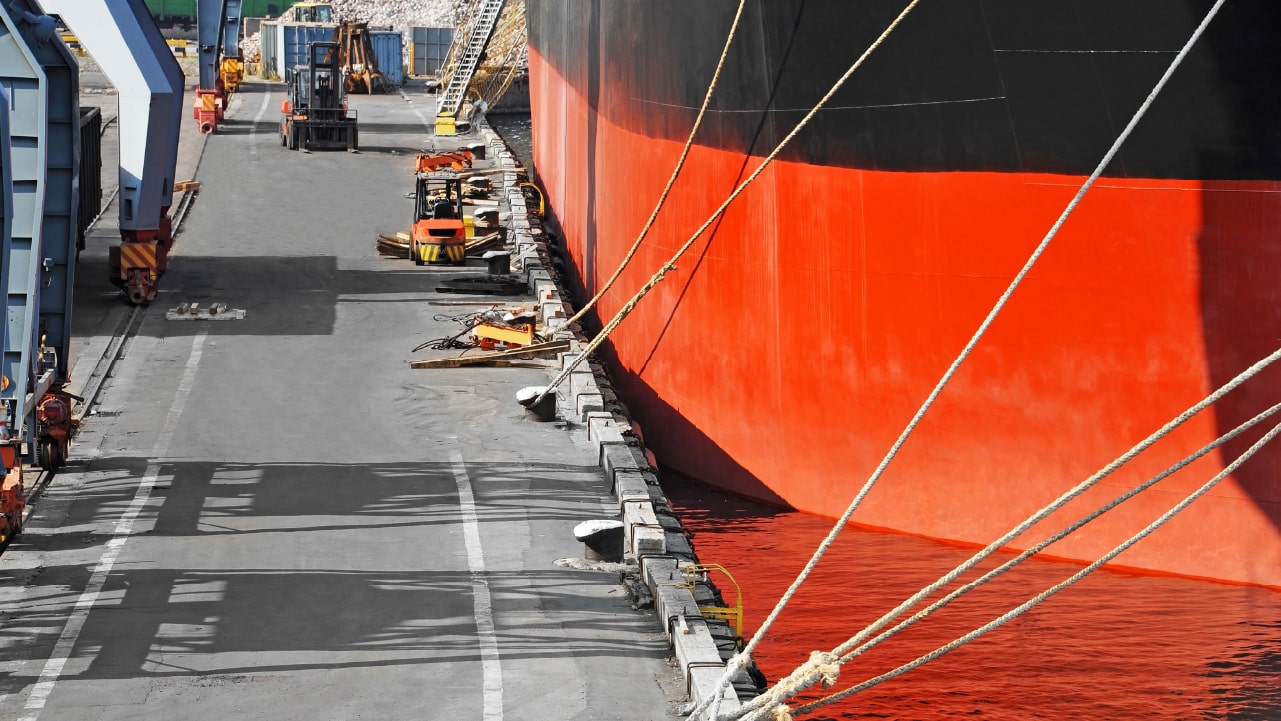Safety and efficiency are paramount in mooring operations, highlighting the significance of careful planning and risk mitigation. By adhering to best practices and maintaining equipment, the maritime industry strives to reduce accidents during mooring procedures. Regular inspections and upkeep of mooring lines play a critical role in ensuring safety and providing a secure environment for personnel and vessels.
Highlights:
This course aims to outline the sequential steps in the mooring process, define various types of mooring lines, and highlight how inspecting and maintaining mooring equipment, along with conducting risk assessments, can promote a safety culture onboard.
By the end of this course you will be able to:
- Describe the typical sequence of the steps that should be followed in the mooring process.
- Distinguish the types of mooring lines and describe their key definitions.
- Identify how the inspection and maintenance of mooring lines and equipment and the conduction of risk assessments can cultivate a safety culture onboard.
Legislation & References:
- OCIMF, Mooring Equipment Guidelines (MEG4), 4th Edition
- SOLAS Regulation II-1/3-8
- IMO, MSC.1/Circ.1619, Guidelines on the design of mooring arrangements and the selection of appropriate mooring equipment and fittings for safe mooring
- IMO, MSC.1/Circ.1620, Guidelines for inspection and maintenance of mooring equipment including lines
- Industry Best Practices
Duration: 30m
Who should attend: Αll seafarers regardless of department and rank.
Approval: ABS






